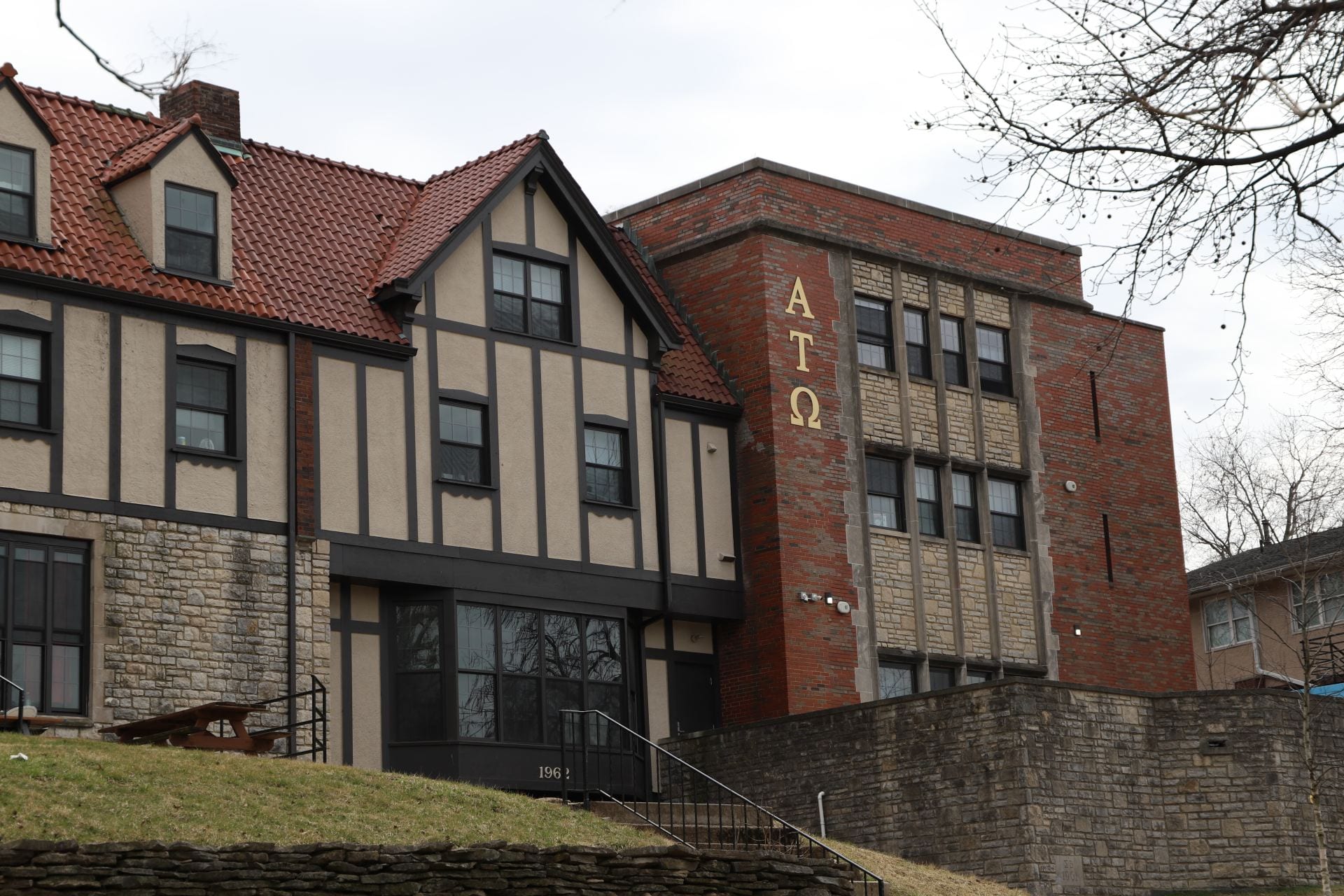
Bovine housing will undergo up to $900,000 of major renovations over the course of the next year at Waterman Agricultural and Natural Resources Laboratory. Credit: Owen Milnes | Campus Producer
Imagine if your boss upgraded your studio apartment to an executive suite.
Carmen, like many Americans, has been working from home this year. To help improve employee morale, safety and productivity, her company decided to pay for premium living accommodations for her entire department.
Carmen works as a Jersey dairy cow at the Waterman Agricultural and Natural Resources Laboratory on Ohio State’s Agriculture Campus. Dr. John Foltz, chair of the Department of Animal Sciences, said bovine housing will undergo up to $900,000 of major renovations over the course of the next year.
“I’m pretty excited about it,” Foltz said. “It’s good for dairy farmers, it’s good for producing milk, it’s good for our department. I think it’s good for the university.”
Foltz said there are two types of barns at the farm right now: tie stalls, which confine cows to one area while inside and are fed with a trough, and free stalls, which allow cows to roam more freely and be fed individually. The project will change the tie stalls to free stalls.
The cows will also be kept warm in the winter with the updated facilitates, Foltz said.
“It’s very comfortable for the animals,” Foltz said. “They end up being kind of like pets.”
In addition to the increased freedom the shift provides, it also paves the way for the implementation of new technology. Foltz said Waterman will lease three robots from Lely, an agriculture company. The robots are not included in the total cost of the renovations.
One robot, the Lely Astronaut, will milk the cows while two other robots will feed them and clean their waste. The Astronaut allows the animals to be cared for more effectively and frequently than people can, Steve Sweet, senior farm management support adviser for Lely, said.
The cows are enticed to step on the robot’s platform by a bit of grain, Foltz said. The robot then uses lasers to determine where the udders are and milks the cow.
“We’re putting the full emphasis on the cow or the animal,” Sweet, an expert in robotic milking, said. “Cows themselves crave consistency. That’s what a robot offers. She can walk on the robot whenever she feels like it.”
Each cow has different needs, and the Astronaut accommodates them, Foltz said. For example, cows that recently gave birth need to be milked more frequently — up to six or seven times a day as opposed to the two times human staff would usually milk them. This keeps the cows healthy and yields a higher quantity of milk.
Sweet said the machine also controls for milk quality. If a cow is sick or producing low-quality milk, the robot can tell immediately and separate it from the rest of the batch.
Each cow will also be given a collar that works like an exercise watch, Sweet said. The collars monitor health and alert farm staff if something is wrong.
“We can actually manage the barns at an individual level and study these animals,” Sweet said. “What are we seeing? What are we getting back? What are they telling us?”
Sweet said the technology provides more than 120 different data points on the cows and their milk. Foltz said the data will be available to Ohio State scientists and researchers for study.
With all the upgrades, Foltz said the Waterman is decreasing its number of cows from 110 to 60. However, the cows will be getting some new neighbors.
Over the next two years, the facility plans to add wings to the dairy barn building for different animals, including chickens, pigs and horses.
Carmen and her coworkers have a lot to look forward to in the near future, and Foltz said visitors will be able to stop by and say ‘hello’ through viewing windows.


